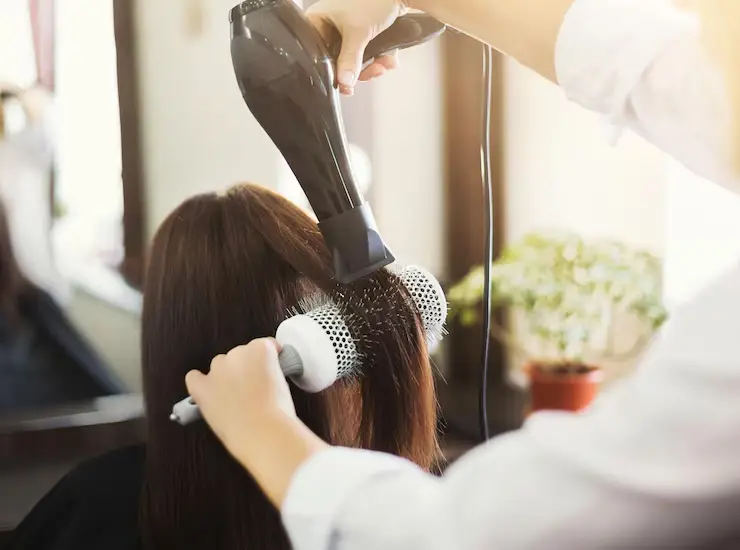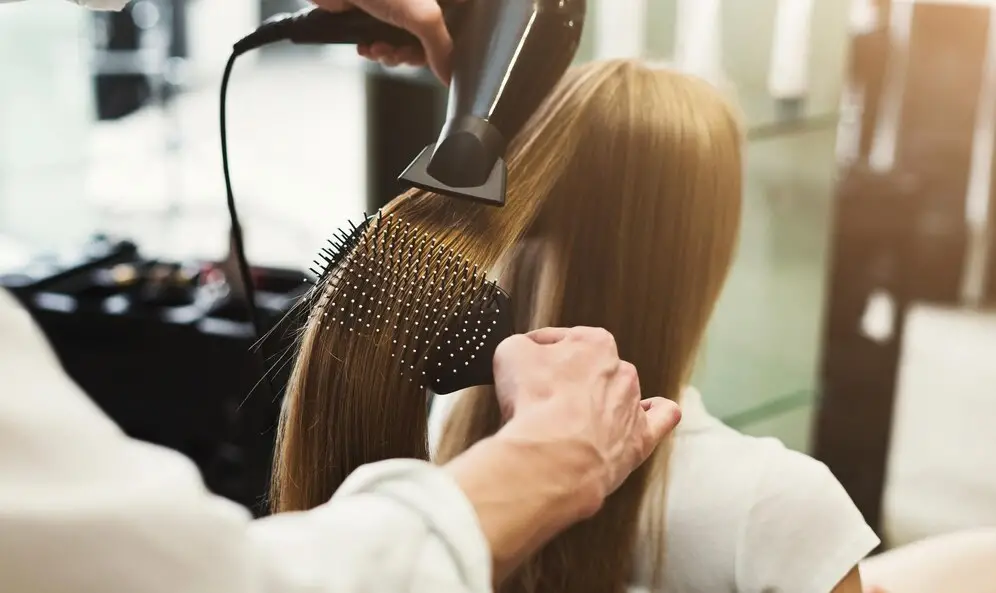10 Post-Hair Rebond Care on Nurturing Your Tresses to Maintain Sleekness, Chic and Shine

Congratulations on your newly rebonded hair! After undergoing the transformative process of hair rebonding at the salon, it’s essential to establish a comprehensive care routine to preserve the sleekness, shine, and overall health of your locks. Proper maintenance is key to ensuring long-lasting results and preventing damage to your newly rebonded hair. Let’s explore the essential steps and tips for taking care of your hair post-rebonding.



Page Contents
10 Post-Hair Rebond Care on Nurturing Your Tresses to Maintain Sleekness, Chic and Shine
1. Gentle Cleansing: Use a sulfate-free shampoo and conditioner specifically formulated for rebonded or chemically treated hair. Avoid harsh cleansers that can strip the hair of its natural oils and cause dryness or frizz.
2. Minimal Washing: Limit washing your hair to 4-5 times a week to prevent over-drying and maintain the natural oils that nourish and protect the hair. Opt for lukewarm water instead of hot water, as excessive heat can weaken the hair shaft and compromise the rebonding treatment. Or you can still wash your hair daily if you like, but alternate the use of hair shampoo and hair conditioner. Say MWFSun for hair shampoo, TTHS for conditioner.
3. Conditioning Treatment: Incorporate a weekly deep conditioning treatment or hair mask into your routine to replenish moisture and nourish the hair. Look for products containing ingredients like keratin, argan oil, or shea butter to strengthen and hydrate the hair from within.
4. Avoid Heat Styling: Minimize the use of heat styling tools such as flat irons, curling wands, and blow dryers, as excessive heat can cause damage and weaken the hair. When heat styling is necessary, apply a heat protectant spray or serum to shield the hair from thermal damage.
5. Protective Hairstyles: Opt for protective hairstyles such as loose braids, buns, or ponytails to minimize friction and reduce the risk of breakage or damage to your rebonded hair. Avoid tight hairstyles that pull on the hair or scalp, as they can cause stress and tension on the hair follicles. After your hair rebond, the salon professional will tell you not to tie or clip your hair for 3 months.
6. Regular Trims: Schedule regular trims every 8-12 weeks to remove split ends and prevent them from traveling up the hair shaft. This helps maintain the overall health and appearance of your rebonded hair, keeping it looking fresh and vibrant.
7. Sun Protection: Protect your hair from the harmful effects of UV radiation by wearing a wide-brimmed hat or applying a leave-in conditioner with UV filters before going out in the sun. UV exposure can weaken the hair and fade the color, so it’s essential to shield your rebonded locks from sun damage.
8. Avoid Chlorine and Saltwater: Minimize exposure to chlorinated pool water and saltwater, as they can strip the hair of its natural oils and cause dryness and damage. If swimming is unavoidable, rinse your hair with fresh water before and after swimming to minimize the absorption of chlorine or salt. After your hair rebond with your hair stylist, you will be advised to adhere not to swim for 6 months so as to avoid hair damage.
9. Patience and Care: Be patient with your hair as it adjusts to the rebonding treatment. Avoid chemical treatments such as coloring or perming for at least 6-12 months to allow the hair to recover fully. With proper care and patience, your rebonded hair will remain sleek, smooth, and beautiful for months to come.
10. Avocado Hair Treatment: If you really want to keep the shine, straight bouncy hair after hair rebond at the salon, you can opt to do your own hair treatment at the comfort of your own home by directly applying fresh avocado fruit unto hair and leave on for an hour before taking a bath at least trice a month, or you can opt to leverage some coconut oil to enhance the beauty of your hair and its shine for an hour before rinsing.
The frequency of hair rebonding can vary depending on several factors, including the individual’s hair type, texture, and the condition of their hair, as well as personal preferences and styling goals. While there is no strict rule for how often a lady can have her hair rebonded, it’s generally recommended to wait at least 6-12 months between treatments to allow the hair to recover fully.
Here are some considerations to help determine the ideal frequency of hair rebonding:
- Hair Growth Rate: The average hair growth rate is about half an inch per month. If your hair grows quickly, you may need more frequent touch-ups to maintain the straightened texture, whereas slower hair growth may allow for longer intervals between treatments.
- Hair Condition: Hair rebonding involves chemical processing that can weaken the hair shaft over time. If your hair is already damaged or prone to dryness, it’s essential to give your hair ample time to recover between treatments to minimize the risk of further damage.
- Consultation with a Professional: It’s always advisable to consult with a professional hairstylist who can assess the condition of your hair and provide personalized recommendations based on your specific needs and preferences. They can help determine the optimal frequency of hair rebonding based on your hair’s health and styling goals.
By following these essential tips and incorporating them into your hair care routine, you can maintain the sleekness and shine of your rebonded hair and enjoy long-lasting results that enhance your beauty and confidence. Remember, healthy hair is beautiful hair, so prioritize nourishing and protecting your locks to keep them looking their best.






